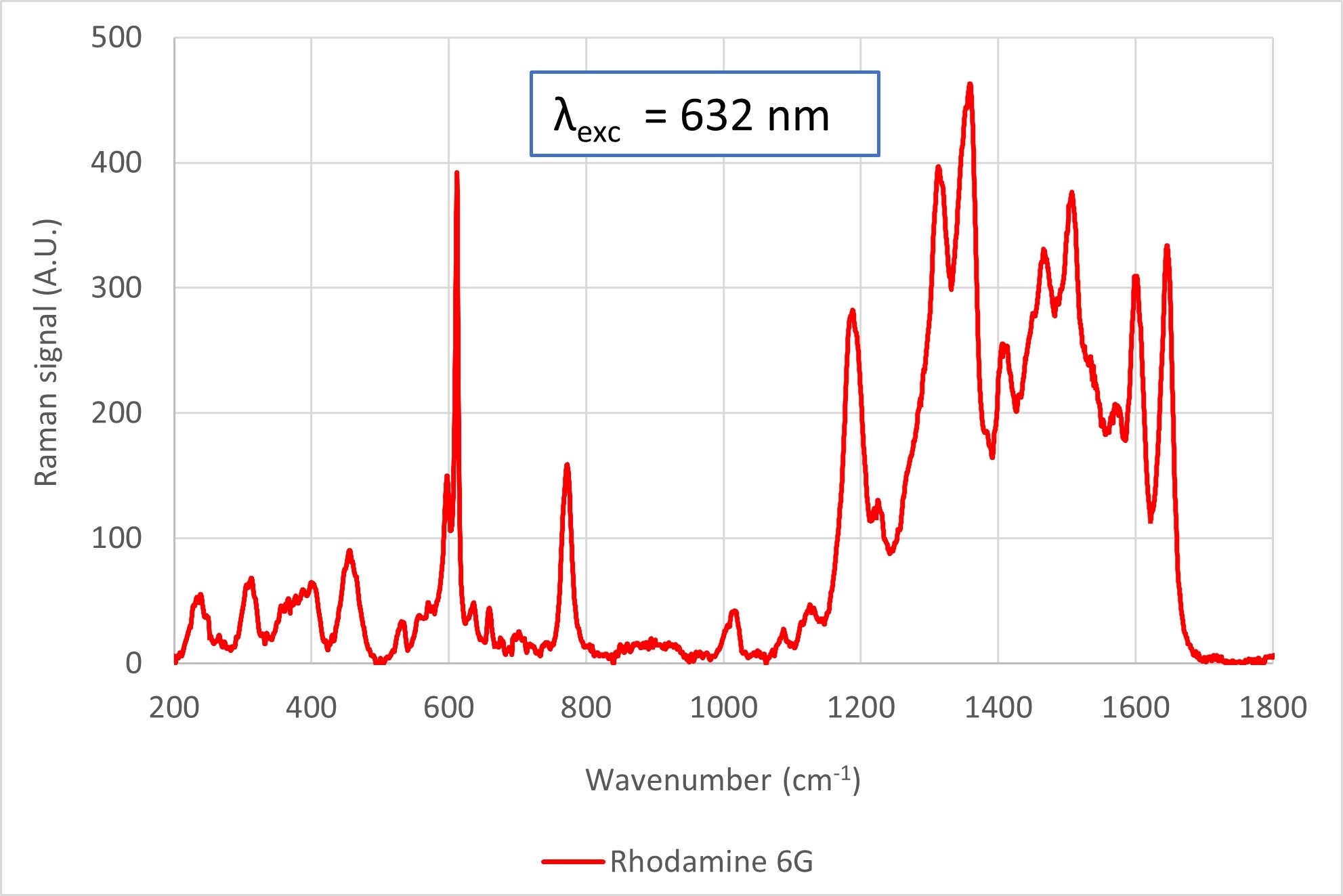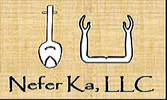SERS substrates from Nefer Ka consist of metallic, Ag or Au, nano caps that are situated at a distal end from the base of a polymer sheet. Fabricated using a patented technology that can be scaled to large production volumes, our substrates enable molecular detection at ultra-low concentrations (nano-molar detection demonstrated). They provide uniform and reproduceable measurements with ultra-low background signal. A key advantage of our SERS substrates is fluorescence quenching. Raman measurements of Rhodamine B and Rhodamine 6G using Nefer Ka's substrates exhibit minimal fluorescence when excited at a wavelength of 632 nm.
Advantages of Nefer Ka's SERS substrates:
- Fluorescence quenching. The direct contact between the molecules and the metallic nano caps results in fluorescence quenching which permits the use of a shorter excitation wavelength, and thereby a stronger signal
- Customizable to any size or geometry
- Can be flexible if needed
- Produced using a scalable manufacturing technique
- Ease of use, mounted on a microscope slide
- Uniform signal
- Low background signal
- Broadband range of excitation
Other properties
- Dimensions: 75 x 25 x 1.1 mm (width x height x thickness)
- SERS active surface: 5 x 5 mm Or 10 x 10 mm (width x height)
- Active metal: Au (Ag-based available upon request)
- Substrate material: polymer adhered to glass
- Sampling method: drop deposition, immersion
- Laser wavelengths: 532 nm, 633 nm (recommended) & 785 nm
- Stability: up to 1 year
- Surface: hydrophilic, if drop casting it is advised to use a small volume (3 to 5 μL recommended for 5-mm substrates)
- Sensitivity: ppm to ppb
- Fluorescence quenching
- Single-use substrate
- Max laser power density: 20W/cm²
For large orders, please contact us at "info@neferkallc.com"
The measurements shown below highlight the advantages of using Nefer Ka's SERS substrates.

Ultra-low background signal
Raman signal taken on and off a Rhodamine 6G analyte show the inherent low background signal using Nefer Ka's SERS substrates.

Spatially uniform signal
Raman measurements at 3 different spots along the coffee ring of Rhodamine 6G display a uniform signal.

Broad bandwidth of operation
Excitation wavelengths λ = 532 nm, λ = 632 nm & λ = 785 nm.
Optimal excitation wavelengths λ = 632 nm.
Fluorescence quenching
Nefer Ka's SERS substrates exhibit remarkable fluorescence quenching. Tested at the excitation wavelength λ = 632 nm.
